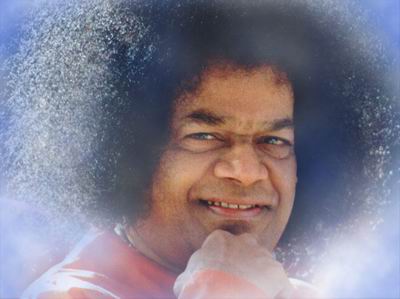
|
SPEAKING TREE
[
THURSDAY, AUGUST 07, 2003 12:01:42 AM ] |
|
A guru shows the path of enlightenment to seekers. Gu denotes darkness (ignorance) and ru denotes the removal of that darkness. The word guru has two other meanings. In the first one, gu signifies guna titha (one who has transcended the three gunas) and ru signifies the formless aspect (one who has grasped That). Gur means heavy or weighty, signifying the weight of the guru's wisdom, which can benefit others. The guru is both a formal teacher and a spiritual preceptor. He is a storehouse of spiritual energy, which he can transmit to others. He helps the aspirant to polish his inner self till it reflects the light of truth. In the Shirdi Sai Satcharita a seeker asks Shirdi Baba: "Where to go?" Baba replies: "High up". The seeker then asks: "How to go there?" Baba ans-wers: "Take a guide, he will take you straight and make you avoid the ditches and wild beasts in the jungle". Even avatars like Rama and Krishna subjected themselves to the tutelage of worthy gurus like Vashishta and Sandipani. The guru-shishya param-para honours the teacher as God and promotes reverence for vidya (knowledge). It inculcates humility in the student and respect and gratitude in him for the dispenser of knowledge. Other noble virtues like discipline, dedication, sense of duty, sacrifice and compassion also evolve with the guru's help. A true guru guides you on the spiritual path to salvation. He promotes your furtherance on the Godward path. He is also the one who grants great inspiration to good works. 'Gurur Brahma, Gurur Vishnu, Gurur Devo Maheshwara, Gurur Sakshat Parabrahma, Tasmaye Shri Guruvai Namaha'. In this sloka the guru is compared with the trinity of Gods — Brahma, Vishnu and Maheshwara — because a sincere guru has to take on all the three functions of the trinity — creation (of good qualities), sustenance (of higher nature) and destruction (of negative qualities). The best guru dakshina is to adhere to the guru's words. Once, a guru sent his pupil to collect dry 'useless' leaves from a forest as guru dakshina. The disciple searched long and hard but was unsuccessful. Whenever he tried to gather the dry leaves he would be stopped by forest folk collecting them for fuel to heat water, humus for plants, for making patravalis (plates) or for preparing herbal medicines. He went back disappointed, without the guru dakshina. His guru said that the knowledge he had gained of how 'nothing was useless', was his guru dakshina, and his purpose in sending the student to the forest was to teach him that. By the gurus' grace — guru krupa — everything auspicious is obtained. However, the path is not easy. The disciple has to offer his ego at the guru's feet and accept his inscru-table methods of instruction. The guru's words may not be an explicit command (Sri Ramana Maharashi hardly uttered a word to his shishyas) — it may simply involve a subtle fine-tuning to the natural requirements of a purified conscience. As Sri Sathya Sai Baba says, the ultimate goal of the guru-shishya relationship is to make the latter attain the heights of self-awareness, whereby dependence on all external forms — even that of the guru — is shed, and the Param Guru or the Self is gloriously revealed within. Guru Purnima is celebra-ted on a full moon night in honour of Ved Vyasa, the Loka Guru. The full moon symbolises the cool clear light of the guru's intellect which alone can dispel ignorance. Guru Ved Vyasa arranged and classified the Vedas in their present order and made them available for the benefit of mankind. Hence he is called Ved Vyasa. Sourced: http://timesofindia.indiatimes.com/cms.dll/xml/uncomp/articleshow?msid=116891 |
|
|